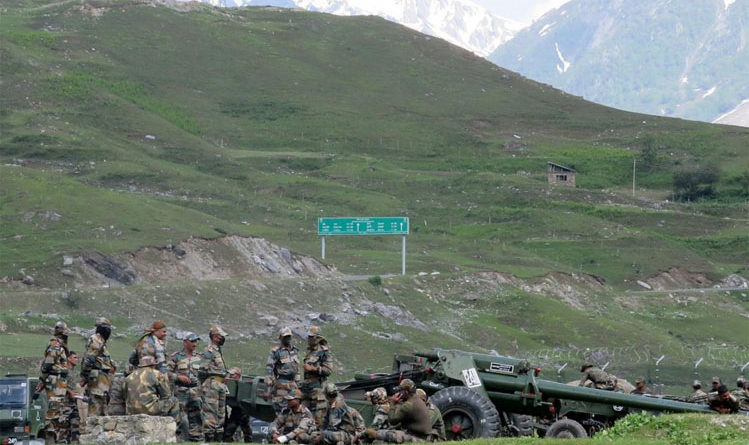India-China Border Standoff: Why Are Chinese Interested In The Galwan Region?
17 June, 2020
The date 16th June 2020, will remain etched in the history of India as a major clash took place during a de-escalation process; which has led to casualties on either side. Reportedly, both the armies are on their side of Line-of-Actual Control (LAC). This is the first time since 1962; there has been tension in this area. And that too when the LAC is clearly defined and accepted by both the Nations.
The political statements which were made on re-claiming the Pakistan Occupied Kashmir aimed at the Indian vote bank did not take into consideration the likely ramifications. The Chinese are sensitive to their Xinjiang-Tibet highway, also known as G219 highway. Towards this end, the Chinese occupied all the major mountain passes and Crestline. Ensuring that LAC passes through the highest Crestline, India does not control dominating heights. India could use the river valley to emerge on the Aksai Chin plateau and threaten Chinese positions there. Mountain passes are required to move across mountain ranges and by controlling them, Chinese wanted to prevent any major West to East movement by the Indian Army.
The LAC alignment turns sharply towards West, following the highest Crestline in the area. Hence, in this area, the LAC runs close to the Shyok River. This is a vital line of communication close to the LAC, for the Indian Army.
Courtesy: Defence Aviation Posr

